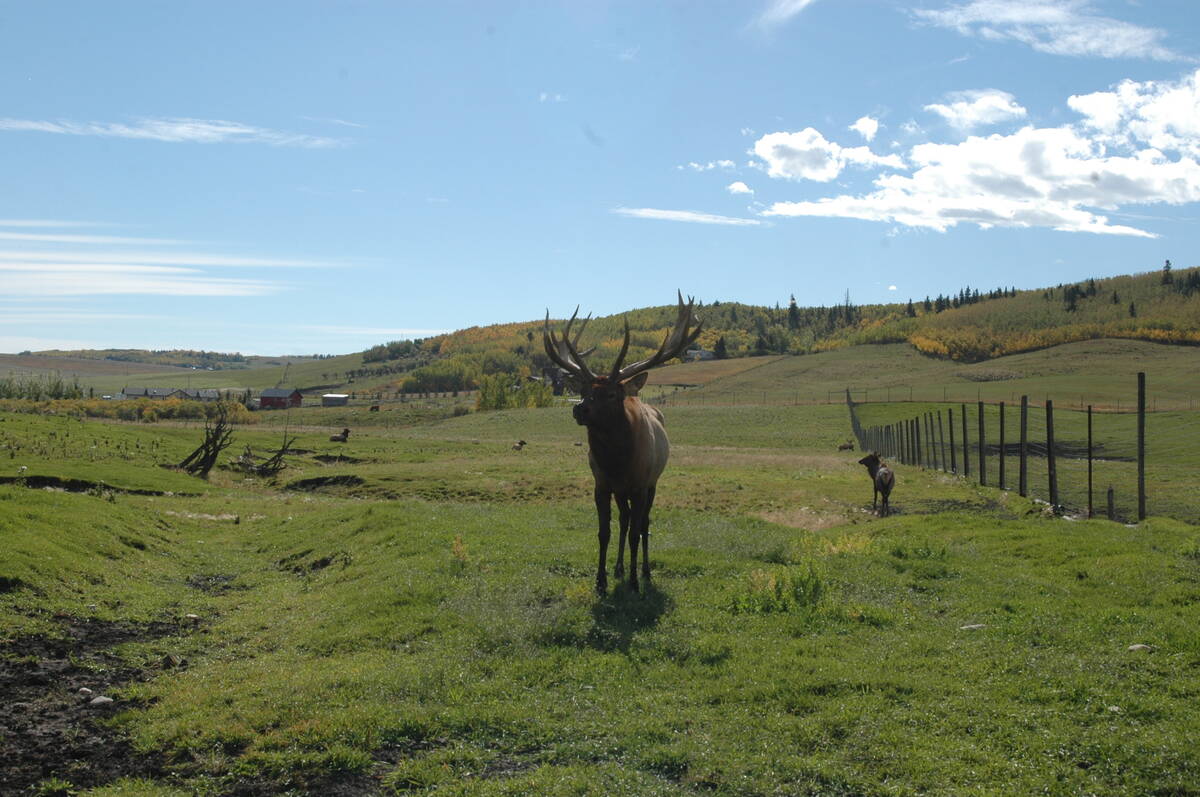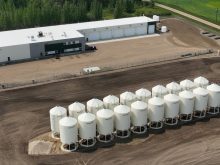Canadian Wheat Board officials were smiling about the wheat market but fretting about crop tardiness as they summed up the outlook for the 2010 crop on July 30.
“We’ll have to see if this is buying the rumour,” said CWB chief executive officer Ian White about the surge in hard red spring wheat futures prices, which have gained about 30 percent recently.
“You do have to recognize that there is a large crop in the world, and irrespective of what’s happening (in Russia and Kazakhstan), we do have significant stocks, particularly in the U.S.”
Read Also

Feds propose overhaul of chronic wasting disease control program
Chronic Wasting disease control program getting updated by Canadian Food Inspection Agency with feedback encouraged from producers.
The price rally is the cheeriest element of the CWB grain outlook, with crop production problems overhanging the Prairies.
White said the board is expecting a prairie all-wheat crop of 18.5 million tonnes, the same as the 2007 crop, which also suffered reduced acreage.
The board estimates 13 million acres have been lost to prevented seeding and abandonment.
“Production is expected to be down substantially from the exceptional numbers that we have seen in the past two years,” said White.
The board forecasts 18.45 million tonnes of wheat this year, 3.4 million tonnes below the 10-year average of 21.9 million tonnes of all wheat. The 7.5 million tonnes of barley the board expects farmers to produce is the lowest since 2002’s drought ravaged crop.
However, crop conditions and quality for planted acres are not far from average. Expected yield is about 38 bushels per acre, which is above the trend line.
Wheat board crop conditions analyst Stuart McMillan said wheat crops are slightly below average quality in general, barley crops are slightly above average quality in general, and durum is average to slightly above average.
CWB exports are expected to be 15.1 million tonnes.
But the board’s marketing challenge might get more complicated if frost comes early, McMillan said. A first frost date of Sept. 15 would allow most of the prairie crop to reach safety. Frost in late August or early September could cause a lot of damage.
“If we had a slightly earlier than normal first frost date, we would almost immediately lose a million tonnes out of total production,” he said.
The amount of feed wheat would then increase to 10 to 15 percent of the crop from the average of five percent, he said.
“If we did have an early frost, because so much of the crop was seeded late and is behind development because of cooler conditions, the impact would be very significant,” said McMillan.
Average first frost dates are around Sept. 5 for northern grain growing areas and Sept. 25 for southern areas.
The 2009-10 crop year saw the CWB take only about 60 percent of producers’ durum, and some of that it had to sell to South Korea as feed grain, but White said the board thinks 2010-11 will see more of the crop successfully marketed.
“Obviously we are expecting the acceptance to be much higher than that this year,” said White.
“There were huge challenges for durum marketing in this past year.”
White said a recent multi-year deal with China bodes well for overseas sales, as does continuing business with Colombia.















